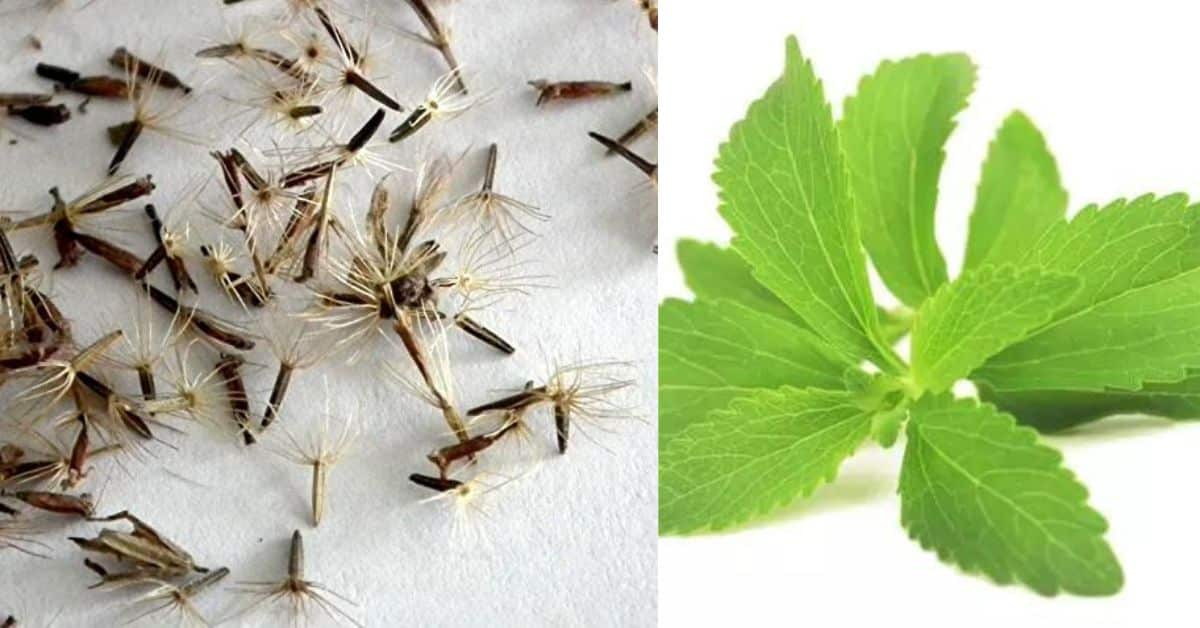Introduction
In a world where health-consciousness is on the rise and the quest for alternatives to refined sugars is ever-growing, stevia has emerged as a natural and sweet solution. Stevia, a plant native to South America, is renowned for its remarkable sweetness without the calories and negative health effects associated with traditional sugar. In this article, we will explore the fascinating story of stevia, its cultivation, benefits, and its role in the culinary world.
The Stevia Plant
Stevia, scientifically known as Stevia rebaudiana, belongs to the sunflower family and has been used for centuries by indigenous peoples in Paraguay and Brazil to sweeten foods and beverages. The sweetness in stevia comes from naturally occurring compounds called steviol glycosides, with the most abundant and sweetest glycoside being stevioside.
Cultivation of Stevia
- Climate and Soil: Stevia is a subtropical plant that thrives in warm climates. It requires well-drained soil with good fertility and a pH level between 6.5 and 7.5. While it can be grown in pots or containers, stevia prefers to be outdoors under full sun.
- Propagation: Stevia is typically grown from seeds or cuttings. Starting from seeds can be more challenging, so many growers prefer cuttings from established plants. Once established, stevia plants are relatively low-maintenance.
- Harvesting: The leaves of the stevia plant are the primary source of its sweetening power. Harvesting usually occurs just before the plant flowers. The leaves are dried and then crushed to extract the sweet compounds.
Benefits of Stevia
- Natural Sweetness: Stevia is incredibly sweet, with its sweetness ranging from 50 to 300 times sweeter than sucrose (table sugar), depending on the specific steviol glycoside content. This means you need very little stevia to achieve the same level of sweetness as sugar.
- Zero Calories: Unlike sugar, stevia contains zero calories, making it an excellent choice for those watching their caloric intake.
- Diabetes-Friendly: Stevia does not significantly impact blood sugar levels, making it a suitable sweetener for people with diabetes.
- Dental Health: Stevia does not promote tooth decay, as it is not fermented by oral bacteria like sugar.
- Weight Management: Stevia can be a valuable tool in weight management since it provides sweetness without the caloric load of sugar.
Stevia in the Culinary World
Stevia has gained immense popularity in the culinary world, finding its way into various products and recipes:
- Sweeteners: Stevia is commonly used as a sugar substitute in beverages, desserts, and baking. You can find stevia-based sweeteners in various forms, such as liquid extracts and powdered blends.
- Beverages: Many diet and low-calorie beverages use stevia to provide sweetness without adding calories or sugar.
- Condiments and Dressings: Stevia is used in the production of sugar-free ketchup, salad dressings, and sauces.
- Cooking: Stevia can be used in cooking to sweeten savory dishes like sauces and marinades.
Conclusion
Stevia is more than just a sugar alternative; it represents a natural and health-conscious choice for sweetening foods and beverages. Its impressive sweetness, calorie-free nature, and potential health benefits make it a valuable addition to a balanced diet. As the world continues to seek healthier alternatives to refined sugars, stevia’s role in our lives is set to expand, offering us a sweeter and healthier future.


